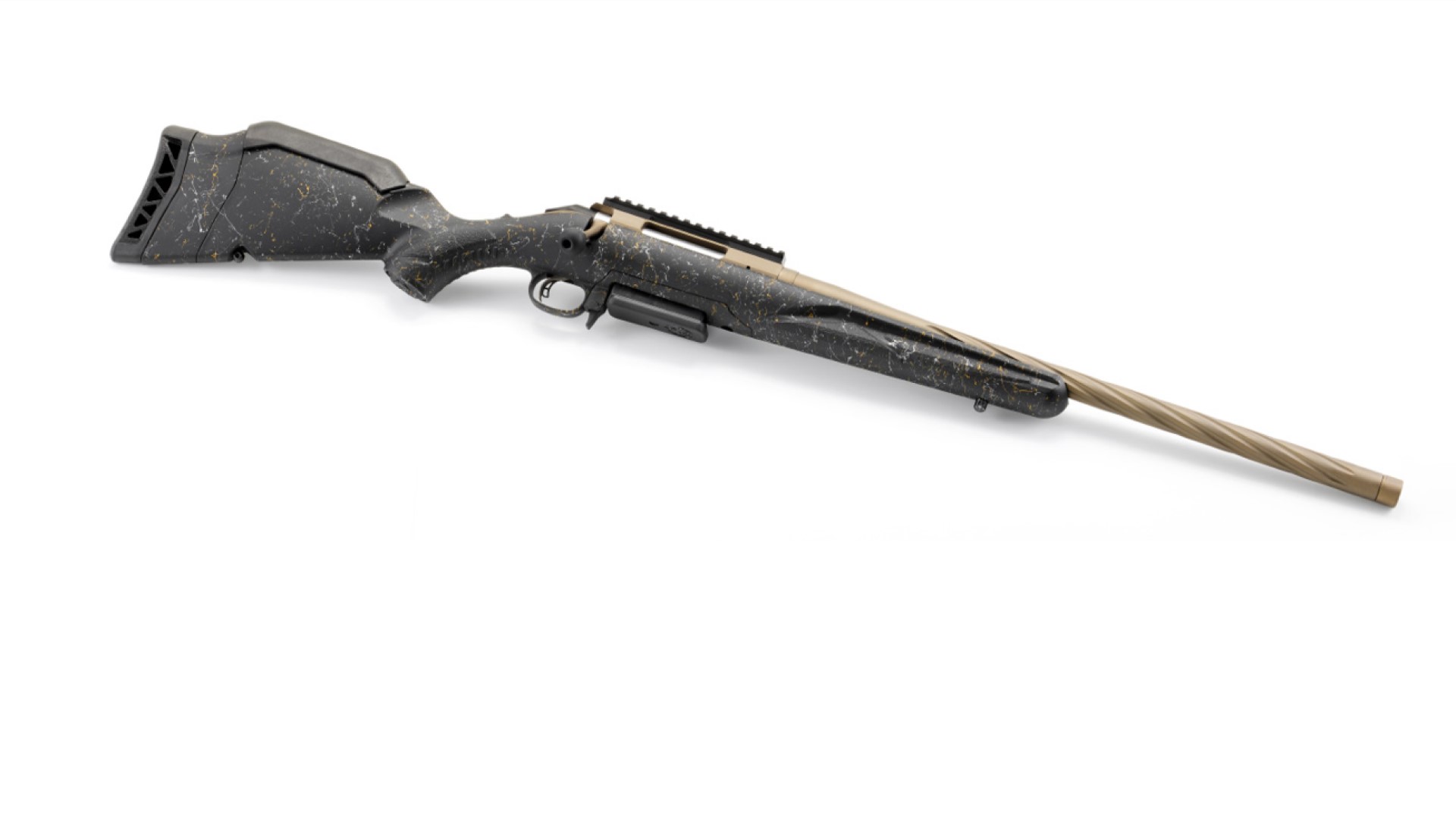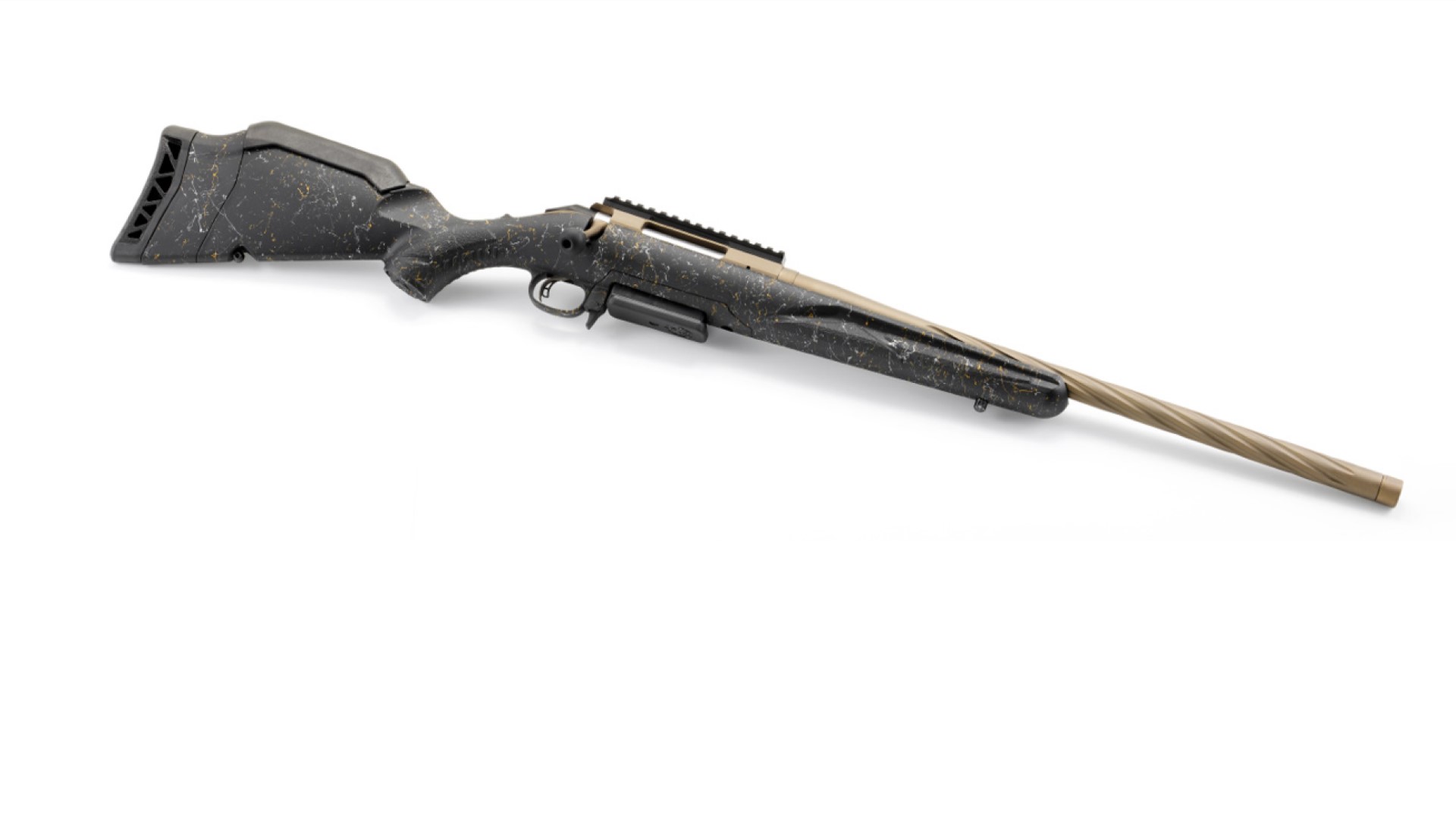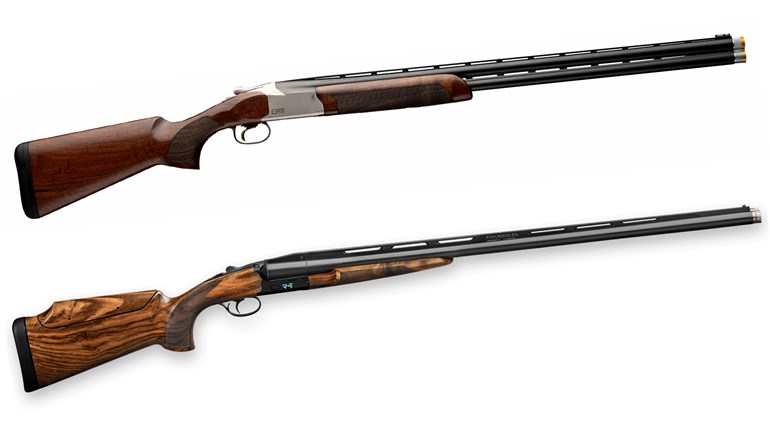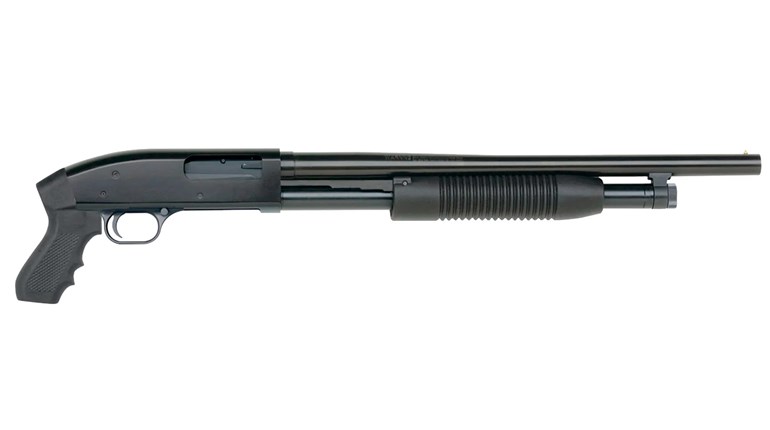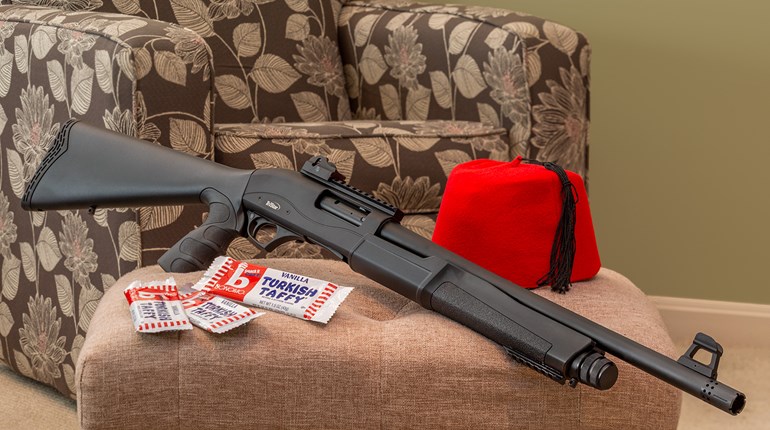** When you buy products through the links on our site, we may earn a commission that supports NRA's mission to protect, preserve and defend the Second Amendment. **

The Sporting Arms and Ammunition Manufacturers' Institute (SAAMI) defines a stock as the wood or synthetic component(s) to which the metal parts of a firearm are attached and that enable the shooter to hold the firearm. Within this definition stocks exhibit a wide variation in design and construction. Stocks may serve additional purposes as well.
When it comes to long guns, stocks are either one-piece or multi-piece designs. One-piece stocks are common on most bolt-action sporting rifles and many ultra-modern bullpup military rifles, while multi-piece stocks are found on lever-action, pump-action and semi-automatic rifles and almost all shotguns.
All long gun stocks can be divided intoa forward part, called the fore-end or (particularly on multi-piece stocks) the forearm that his grasped by the non-firing hand, and a rear part called the buttstock that is held into the shoulder by the shooter's firing or trigger hand. Long gun stocks come in a wide variety of styles, including hunting, target, tactical, competition and folding designs. One-piece stocks normally attach to the firearm using two or more stock screws in the underside of the stock. For this purpose, one-piece rifle stocks are inletted to create a channel for the receiver and the barrel. The inletted channel consists of one or more bedding areas for the action and barrel. The forearm of a break-open shotgun normally attaches by way of a spring-loaded latch that engages a hook or stud on the underside of the barrel. The forearm of a pump- and semi-auto shotgun is normally secured by the threaded magazine tube cap. Rifles equipped with multi-piece stocks have the fore-ends secured by screws threaded into barrels or hangers.
The upper surface of long gun buttstocks on which the shooter's face rests is called the comb. Some buttstocks have a cheekpiece on the right or left side used for a face rest. Just rearward of the trigger guard is the wrist, which is grasped by the shooting or trigger hand. At the end of the buttstock is a buttplate or buttpad that contacts the shoulder. Buttplates are commonly made of steel, brass, aluminum, wood or synthetic material, while buttpads are commonly made of soft or hard rubber. The top of the butt is called the heel, and the bottom is called the toe.
Most long gun stocks for hunting or general utility have checkering on the gripping areas of the fore-end/forearm and wrist. Target gun stocks may have checkering, stippling or no surface modification, and may have other features not found on general-purpose stocks.
When it comes to long guns, stocks are either one-piece or multi-piece designs. One-piece stocks are common on most bolt-action sporting rifles and many ultra-modern bullpup military rifles, while multi-piece stocks are found on lever-action, pump-action and semi-automatic rifles and almost all shotguns.
All long gun stocks can be divided intoa forward part, called the fore-end or (particularly on multi-piece stocks) the forearm that his grasped by the non-firing hand, and a rear part called the buttstock that is held into the shoulder by the shooter's firing or trigger hand. Long gun stocks come in a wide variety of styles, including hunting, target, tactical, competition and folding designs. One-piece stocks normally attach to the firearm using two or more stock screws in the underside of the stock. For this purpose, one-piece rifle stocks are inletted to create a channel for the receiver and the barrel. The inletted channel consists of one or more bedding areas for the action and barrel. The forearm of a break-open shotgun normally attaches by way of a spring-loaded latch that engages a hook or stud on the underside of the barrel. The forearm of a pump- and semi-auto shotgun is normally secured by the threaded magazine tube cap. Rifles equipped with multi-piece stocks have the fore-ends secured by screws threaded into barrels or hangers.
The upper surface of long gun buttstocks on which the shooter's face rests is called the comb. Some buttstocks have a cheekpiece on the right or left side used for a face rest. Just rearward of the trigger guard is the wrist, which is grasped by the shooting or trigger hand. At the end of the buttstock is a buttplate or buttpad that contacts the shoulder. Buttplates are commonly made of steel, brass, aluminum, wood or synthetic material, while buttpads are commonly made of soft or hard rubber. The top of the butt is called the heel, and the bottom is called the toe.
Most long gun stocks for hunting or general utility have checkering on the gripping areas of the fore-end/forearm and wrist. Target gun stocks may have checkering, stippling or no surface modification, and may have other features not found on general-purpose stocks.











